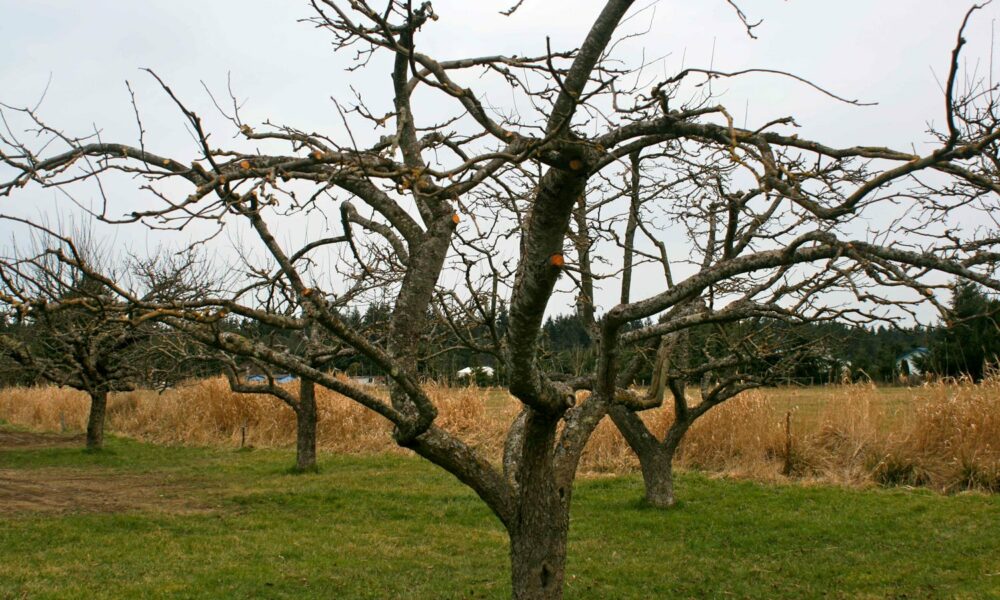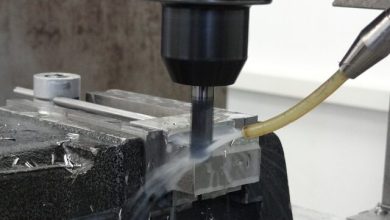How to Prune Fruit Trees Using the Modified Central Leader Method

Are you looking to maximize fruit production and quality in your home orchard? As a fruit tree grower, I’ve found that using the modified central leader pruning method is one of the best ways to train and shape fruit trees for optimal results.
What is Modified Central Leader Pruning?
The modified central leader pruning style maintains a single dominant trunk but allows for well-spaced side branches, called scaffold branches. It’s commonly used on apple, pear, and sweet cherry trees.
With MCL, you start by establishing 3-5 main scaffold branches spaced evenly around the trunk. These branches should have wide crotch angles (45-60°) for strength. Each year, head back the central leader by about a third to a bud facing the direction you want the leader to grow. This stimulates new growth and branching.
Benefits of the Modified Central Leader System
There are several advantages to training your fruit trees to a modified central leader:
- Allows sunlight to reach all parts of the tree
- Makes harvesting, pruning and spraying easier
- Increases fruit size and quality
- Improves tree strength and structure
- Simplifies training compared to a true central leader
Advantages of the Modified Central Leader System
Using the Modified Central Leader (MCL) system for pruning fruit trees offers several significant advantages that contribute to healthier, more productive trees. Here are some detailed benefits:
- Enhanced Sunlight Penetration:
– Maximized Photosynthesis: The MCL system’s open structure allows sunlight to reach all parts of the tree, which is crucial for photosynthesis. This process is vital for the tree’s growth and fruit development.
– Improved Fruit Ripening: With better light exposure, fruits can ripen more evenly, leading to better flavor and higher nutritional quality.
- Ease of Maintenance:
– Simplified Harvesting: The well-spaced branches make it easier to access fruits during harvest. This reduces the risk of damage to the tree and the fruit.
– Convenient Pruning and Spraying: The tree’s open structure facilitates easier pruning and spraying, ensuring that you can efficiently manage pest and disease control.
- Improved Fruit Quality:
– Larger and Healthier Fruits: Better light and air circulation result in larger, healthier fruits. The tree can produce high-quality fruits consistently each season.
– Reduced Disease Incidence: Good air circulation helps reduce the humidity around the branches and fruit, which can lower the incidence of fungal diseases.
- Stronger Tree Structure:
– Enhanced Branch Strength: The wide crotch angles (45-60°) of scaffold branches provide greater strength, reducing the likelihood of branches breaking under the weight of heavy fruit loads.
– Increased Resilience: A well-structured tree is more resilient to environmental stresses such as wind and heavy rain, which can otherwise damage the tree.
- Simplified Training Compared to a True Central Leader:
– Less Intensive Management: The MCL system is less intensive and more forgiving than a true central leader system. It’s easier to manage, especially for home gardeners who may not have extensive experience in tree pruning.
– Flexibility in Growth: The modified approach allows for adjustments over time, making it easier to correct mistakes or adapt to the tree’s natural growth patterns.
By leveraging these benefits, the Modified Central Leader system helps ensure that your fruit trees remain healthy, productive, and easy to manage, ultimately leading to a more enjoyable and fruitful gardening experience.
Follow these steps each year in late winter to establish and maintain your MCL fruit trees:
- Select 3-5 main scaffold branches spaced evenly around the trunk, about 18-24 inches apart vertically. Remove competing branches.
- Head back scaffolds by about a third to an outward-facing bud. This promotes side branching.
- Keep the leader dominant by removing competing shoots. Head the leader back by a third.
- As the tree matures, remove crossing, damaged or crowded branches. Thin out scaffolds to maintain good spacing and allow light penetration.
- Maintain tree height by cutting the leader back to a weak side branch once the tree reaches the desired height, usually 8-10 feet. This is the “modified” part of the central leader.
| Timing | Pruning Cuts |
| Late winter | Head back scaffolds and leader, remove competing branches |
| Summer | Remove water sprouts, head back vigorous shoots |
| Fall | No pruning needed |
Conclusion
Training your fruit trees to a modified central leader takes some time and effort, but the rewards of a well-structured, productive tree are worth it. By making the right pruning cuts at the right time each year, you’ll enjoy a bountiful harvest of high-quality fruit for years to come. Happy pruning!





